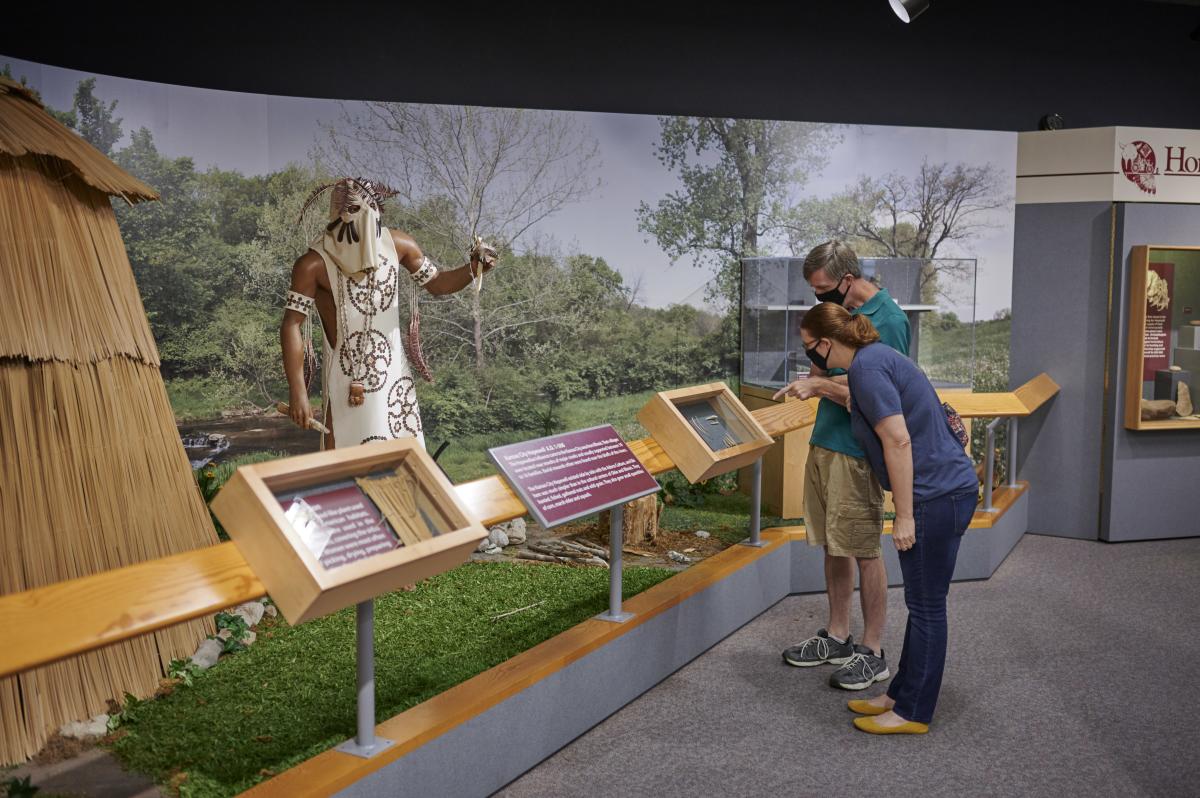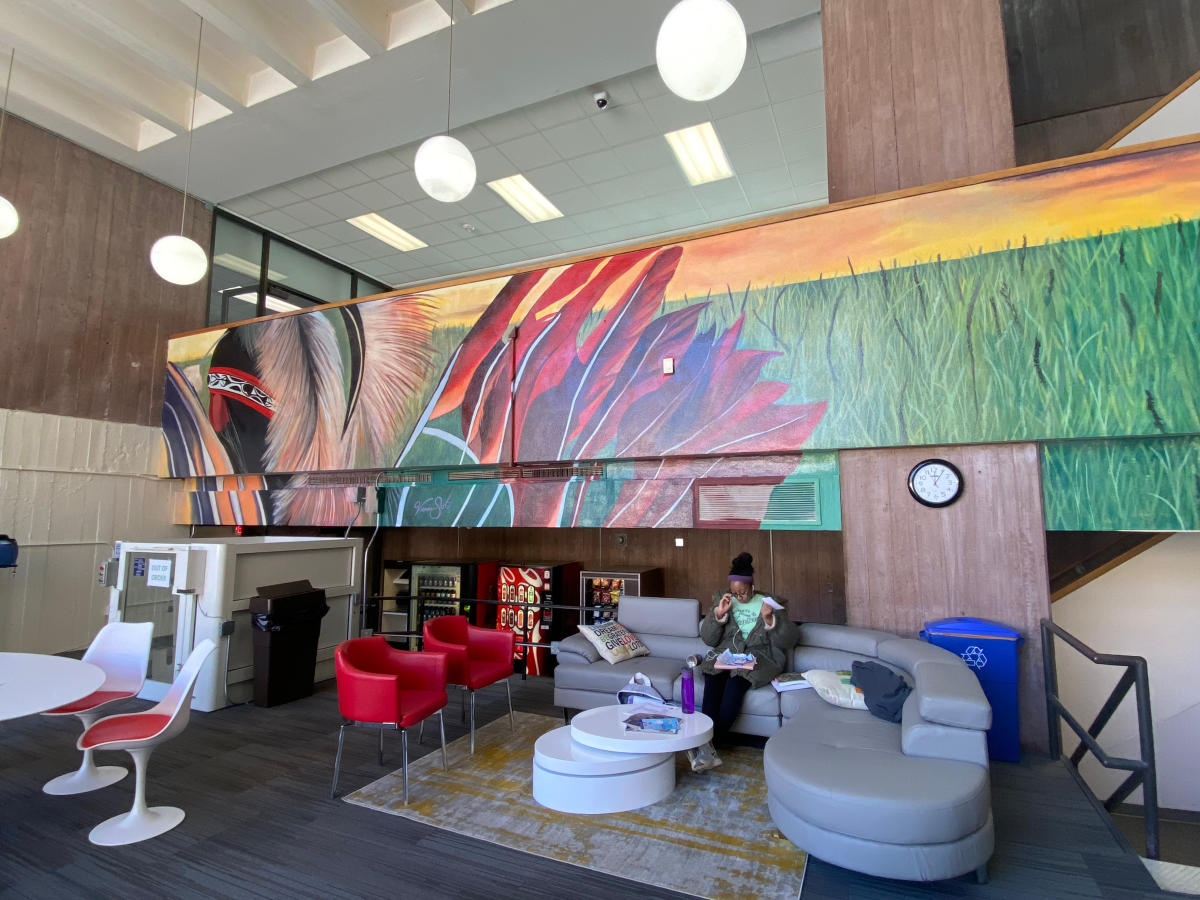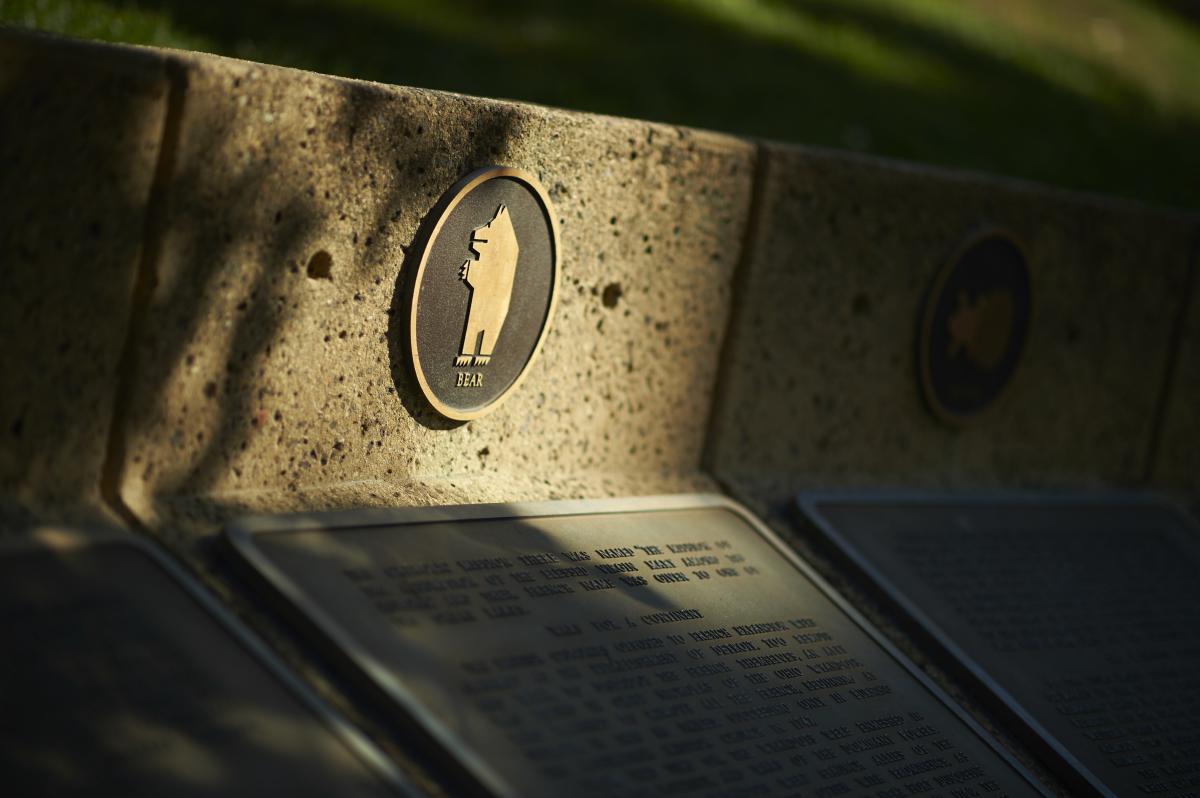On this Indigenous Peoples' Day, we embark on a journey to celebrate and honor the deep-rooted history and heritage of the Native American communities in Kansas City, Kansas. Long before the arrival of European settlers, this land was home to diverse Indigenous tribes, each contributing their unique culture and traditions to the region. Join us as we uncover the vibrant tapestry of Indigenous heritage that continues to resonate in Kansas City today.
The Wyandot Tribe:
Among the prominent Indigenous tribes in the Kansas City area, the Wyandot (also known as Wyandotte) Nation stands out. The Wyandot people shared a profound connection with the land, renowned for their farming, trading, and craftsmanship skills. They played a pivotal role in shaping the history and culture of the region.
Wyandotte County:
In 1859, Wyandotte County was officially established, paying homage to the Wyandot Nation's legacy by adopting its name. This act of recognition not only honored the Indigenous people who had inhabited the area for generations but also solidified their enduring influence on the region.
Exploring Indigenous Heritage Today:
While Indigenous communities faced numerous challenges throughout history, their cultural influence continues to thrive in Kansas City, Kansas. Today, you can explore this vibrant heritage through various avenues:
1. Museums and Cultural Centers:
Wyandotte County Historical Society and Museum: 
Named after Harry Trowbridge, the founding curator/director of the Wyandotte County Museum in 1955, this institution proudly displays his extensive archaeological collections of Native American artifacts. Many of these artifacts originate from the 61st Street and Leavenworth Road area, now a registered archaeological site on both the Register of Historic Kansas Sites and the National Register of Historic Places (14WY1). The museum's collection also includes various relics collected by Trowbridge through his archaeological connections and travels.
The Barker Gallery:
The Barker Gallery at the museum delves into the stories of the three tribes of Wyandotte County: The Shawnee, Delaware, and the Wyandot. These tribes migrated to the area in the 19th century, leaving an indelible mark on the region's history. Among the highlights of the museum's collection on display are a mid-1800s dug-out canoe, the Conley Sisters double-barrel shotgun, and the tool chest belonging to James Parr, the first mayor of Wyandotte City, the predecessor of Kansas City, KS.
2. Landmarks:
Wyandotte Nation Mural: 
Inside Kansas City Kansas Community College, you'll find the Wyandot Nation Mural, a testament to the historical significance of the Wyandot Nation in this region. Designed and painted by local artist Vania Soto, the mural features a vibrant sunrise, symbolizing hope, promise, and celebration of the native ancestors of Wyandotte County and Kansas City, KS.
Wyandot National Burying Ground: 
The Wyandot National Burying Ground, also known as the Huron Indian Cemetery, holds a significant place in the history of the area. Established in 1843 after the forced displacement of the Wyandot Nation, this cemetery became the final resting place for many Native Americans. Though few graves have markers, it holds immense cultural and historical importance. In 2016, it was designated as a National Historic Landmark, recognizing its role in preserving Indigenous heritage.
This Indigenous Peoples' Day, let us pause to acknowledge and appreciate the rich cultural tapestry woven by the Indigenous communities of Kansas City, Kansas. Their history and legacy continue to shape the city's identity, serving as a powerful reminder of the significance of honoring and preserving the stories of the land's original inhabitants. Explore the diverse heritage of this region and connect with the Indigenous traditions that are an integral part of KCK’s history.

